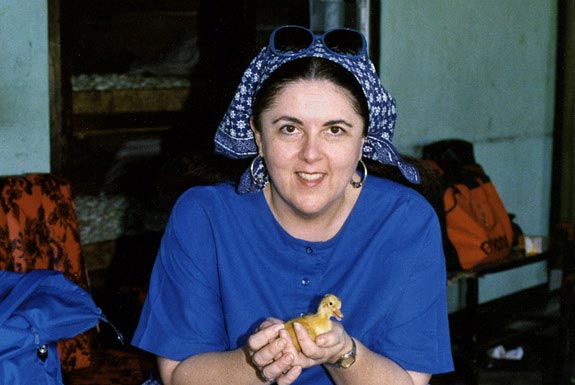Legacy of the President’s MotherPosted in Articles, Barack Obama, Biography, Media Archive, United States, Women on 2014-10-15 16:21Z by Steven |
Legacy of the President’s Mother
Mālamalama, The Magazine of the University of Hawaiʻi System
January 2009 (2009-01-14)
Paula Bender
Honolulu, Hawaiʻi
The candidacy and election of President Barack Obama drew international eyes to the University of Hawaiʻi at Mānoa, where his parents met. But among some at the university, it is Obama’s late mother who stirs strong emotions of memory and hope.
Stanley Ann Dunham took an unconventional approach to life on both personal and professional levels. Her son’s book portrays her as an innocent, kind and generous; academics who knew her and reporters who have discovered her describe the idealism and optimism of her worldview and work ethic.
In her work, she was not a romantic, rather appreciating the artistic while dealing with the realistic, one contemporary observes.
Dunham was born in Kansas and attended high school in Washington State. Moving to Hawaiʻi with her parents, she entered UH in 1960. In Russian class, she met the first African student to attend UH, charismatic Barack Obama Sr., who moved in politically liberal, intellectual student circles that included future Congressman Neil Abercrombie. They married and had Barack Obama Jr. in 1961.
Obama Sr. left his family for Harvard [University] and then Kenya. Dunham returned to UH, earning a math degree. She pursued graduate work, married another international student, Lolo Soetoro, and returned with him to Indonesia. There she began extensive research and fieldwork and welcomed the birth of daughter Maya Kassandra Soetoro, nine years Barack’s junior.
Although eventually divorced a second time, Dunham is credited with encouraging her children’s appreciation of their ethnic heritages…
Read the entire article here.
